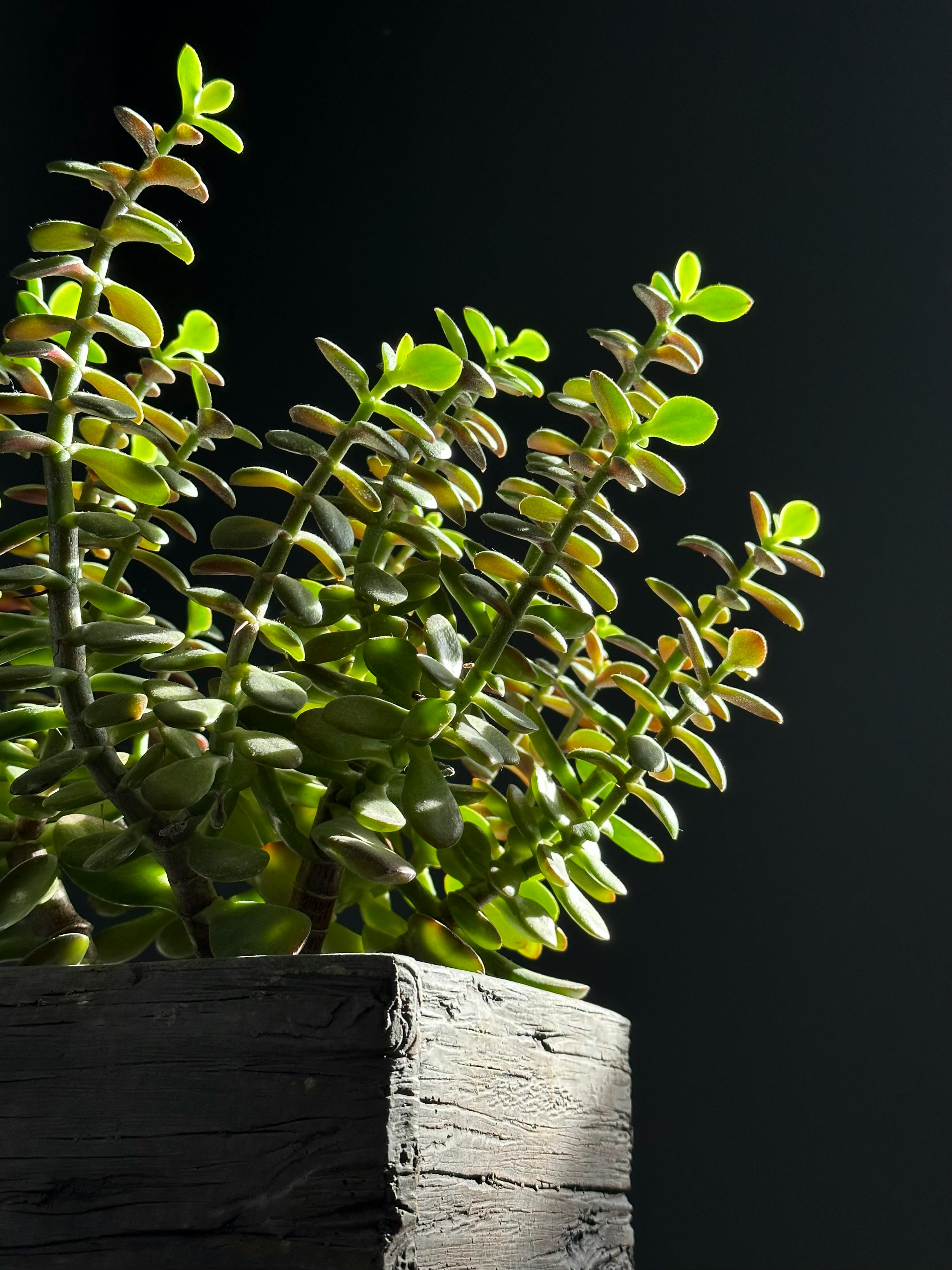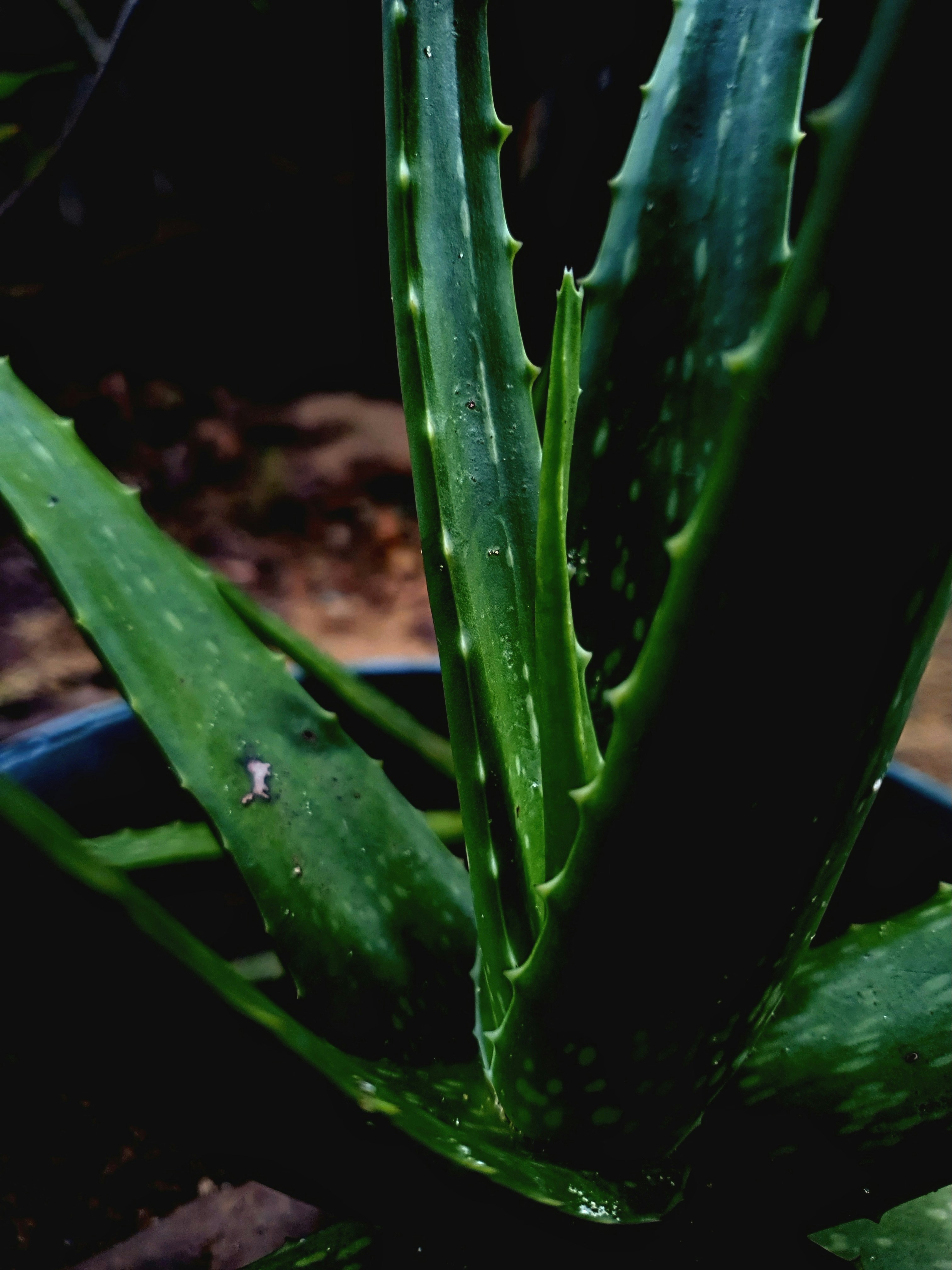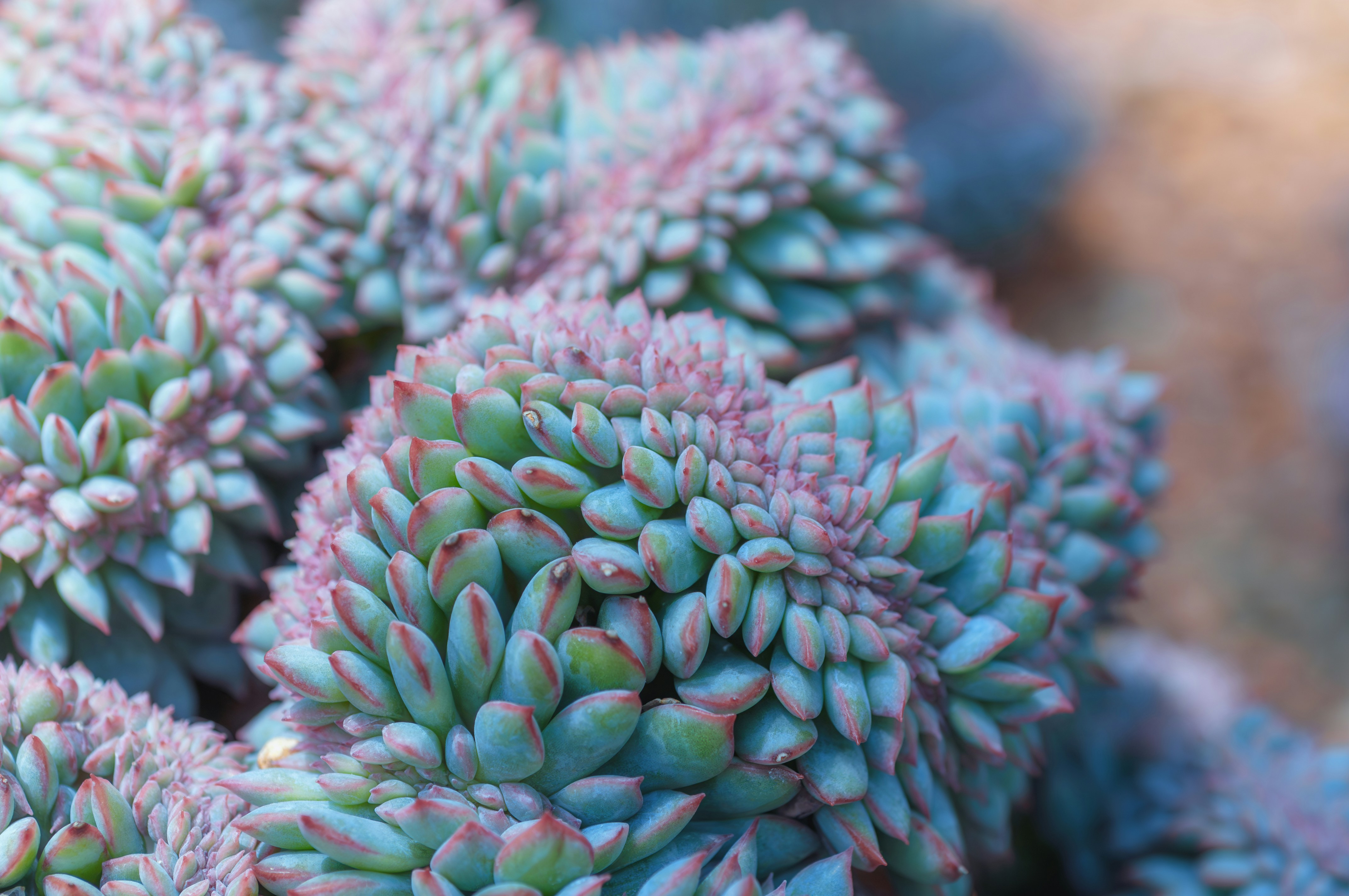
What Succulents Can Be Planted Together?
Succulents are versatile and come in many shapes, sizes, and colors, making them perfect for creating stunning arrangements. But have you ever wondered which succulents can be planted together? If you’re looking to create a harmonious succulent garden, choosing the right combinations is key.
1. Complementary Growth Habits
When planting succulents together, one important factor to consider is their growth habits. For example, Echeveria and Sedum varieties pair well because they have similar growth rates and water needs. Hens and Chicks (Sempervivum) can also be paired with Sedum, as both are low-growing and spread out nicely in containers or garden beds. By combining succulents that grow at similar rates, you’ll avoid overcrowding and ensure each plant gets the space and resources it needs to thrive.


2. Matching Watering Needs
Another essential factor is the watering needs of the succulents you want to plant together. Succulents like Aloe Vera and Jade Plant (Crassula ovata) have similar water requirements, making them good companions. Both of these succulents prefer to dry out completely between watering, so planting them together ensures that one plant doesn’t get too much water while another suffers from drought. Sticking to succulents with similar watering needs can prevent root rot and other common issues.


3. Light Requirements
Light requirements also play a crucial role in pairing succulents. Lithops, also known as living stones, prefer bright light and pair well with Echeveria or Graptopetalum, which also thrive in bright sunlight. However, succulents like Haworthia prefer lower light conditions, so they shouldn’t be paired with sun-loving varieties. Ensuring that your succulents have similar light needs will help them grow healthily and look their best.
4. Color Combinations
Aesthetically, color is another exciting factor to consider when planting succulents together. Contrasting colors like the deep purples of Purple Heart (Tradescantia pallida) and the bright greens of Sedum can create a visually striking display. Similarly, the red hues of Aeonium varieties pair beautifully with the bluish tones of Blue Chalksticks (Senecio serpens). By choosing complementary colors, you can create eye-catching arrangements that stand out in any space.


5. Hardy vs. Tender Succulents
It’s also important to consider the hardiness of your succulents. Hardy succulents like Sempervivum and Sedum can withstand colder temperatures and are ideal for outdoor planting in cooler climates. On the other hand, tender succulents like Echeveria and Kalanchoe are more suited to indoor planting or outdoor containers that can be moved inside during colder months. Mixing hardy and tender succulents can lead to difficulties in care, so it’s best to group them separately based on their cold tolerance.
6. Height and Texture Variation
For a more dynamic arrangement, consider combining succulents of varying heights and textures. Tall succulents like Snake Plant (Sansevieria) or Aloe Vera can be paired with low-growing rosettes like Echeveria or Sempervivum to create depth in your arrangement. Adding succulents with different textures, such as the fuzzy leaves of Kalanchoe tomentosa (Panda Plant) alongside the smooth leaves of Graptoveria, can also enhance the visual appeal of your succulent garden.


7. Avoid Aggressive Spreaders
Be cautious when planting aggressive spreaders with other succulents. Plants like Sedum can quickly take over an area, crowding out slower-growing succulents. If you want to include spreaders in your garden, consider giving them their own space or planting them alongside other fast-growing varieties to prevent them from overwhelming the entire arrangement.
8. Seasonal Considerations
Lastly, think about the seasonal changes that may affect your succulent garden. Some succulents go dormant in the winter, like Aeonium, while others, like Echeveria, continue to grow year-round. Pairing succulents with similar growth cycles ensures that your garden remains balanced and attractive throughout the year. For instance, combining winter-dormant Aeoniums with other succulents that rest during the colder months will make it easier to manage watering and care.


Planting succulents together can be a fun and creative process, but it’s important to consider factors like growth habits, water and light needs, color, hardiness, and texture. By selecting succulents that complement each other in these areas, you’ll create beautiful, thriving arrangements that will be the envy of any garden enthusiast.


